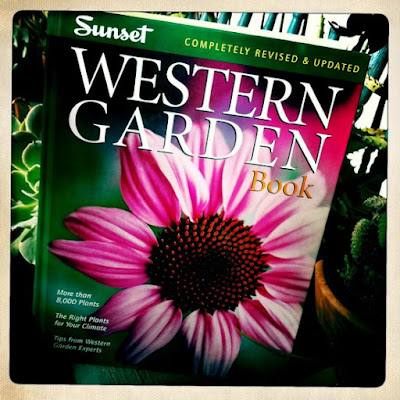
[Author's note: I'm making this first part up.]
Imagine this late night scene: You've finished flossing, folded down the quilt, fluffed the pillows, flipped open F is for Fugitive, felt it fall flat on your face, and flipped off the fluorescent.
That's their signal. I'm not condoning their behavior, mind you, but as you sail off to The Land of Nod, your garden gnomes begin their nightly escapades. Imagine a job like theirs -- standing immobile while the summer sun bakes off your paint, or winter winds whip you with sleet. And what's with the sprinkler bidet?
So when late night falls and their shift ends, the gnomes need to blow off some steam. Off to the all-night pub, they belly up to the brass foot rail and get down to serious business.
The night isn't over yet. Stumbling home, their little concrete eyes gleaming, the merry pranksters repeat their pre-dawn ritual: Picking off all the flower buds waiting to open, so the garden never blooms.
The moral of this story: Design your garden as though these mischievous, misanthropic (or is that mis-flor-opic?), buggers live in your garden. Don't use flowers as the sole visual interest in your garden. Instead, concentrate on creating year-round interest by exploiting your plants' shapes, density, leaf patterns, and foliage colors, so your garden looks great, flowers or not.
Allow me to share one of the most elegantly sophisticated little corners of landscaping I've ever seen. What knocks me out so much is the use of two key visual design principles - harmony (elements with similarities) and contrast (elements with differences). This vignette sits a few blocks from my house, adorning the Sansum Diabetes Research Center in Santa Barbara.
More photos and astute analysis at Fine Gardening







